Search Results
Showing results 161 to 180 of 251
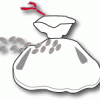
Static Electricity
Source Institutions
In this quick activity, learners explore static electricity using a plastic comb, wool cloth, puffed rice, and a plastic bag.
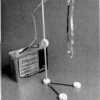
Circles of Magnetism IV
Source Institutions
In this activity related to magnetism and electricity, learners observe as two parallel, current-carrying wires exert forces on each other.
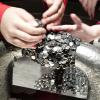
Magnetism Hunt
Source Institutions
In this activity about magnetism (page 4 of the PDF), learners will experiment with magnets and different objects to find out that not all metals are attracted to magnets.

Dancing Compasses
Source Institutions
Learners use compasses to detect the magnetic field created by current moving through a wire. This is one of four activities learners can complete related to PhysicsQuest 2008.
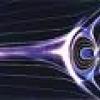
Magnetisphere
Source Institutions
In this activity about magnetism (page seven of the pdf), learners experiment with magnets to better understand how magnetic fields work.
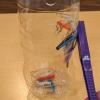
Magnetic Sensory Bottles
Source Institutions
In this activity learners will investigate magnetic and non-magnetic items in a sensory bottle.

Arduino Blink Challenge
Source Institutions
In this activity, learners explore computer programming and the impact of computers on society. Learners build and test a program to turn a light on and off using an Arduino board.
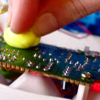
Circuit Bending with Play-Doh
Source Institutions
Break open that used musical toy and squish some Play-Doh over the circuit boards, and you will hear some weird and distorted sounds the manufacturer never intended!
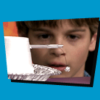
Electroscope
Source Institutions
In this activity, learners make an electroscope out of a foam cup, straw, aluminum pie pan, thread, and foil. Learners use their electroscopes to test for static electricity.
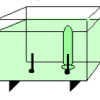
Electrolysis
Source Institutions
Using electrolysis, learners produce hydrogen gas and oxygen gas from water molecules in a solution.
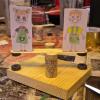
Magnetic Seesaw
Source Institutions
In this activity, learners build a seesaw powered by magnets.
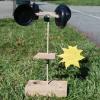
Weather Vane and Anemometer
Source Institutions
In this meteorology activity, learners construct simple devices to measure the direction and speed of wind.
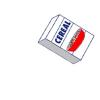
Iron in Cereal: Find iron in your food!
Source Institutions
Learners investigate an iron-fortified cereal by stirring it with a strong magnet. They discover that metallic iron is present in some cereals.
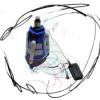
Cup Draw (Low Tech)
Source Institutions
In this activity, learners construct drawing machines using a cup, some markers, and a battery pack. The markers act as "legs" for the machine, making a drawing that records as it moves.
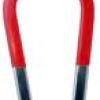
Dangling Magnet
Source Institutions
In this activity about magnetism (page 13 of the pdf), learners will experiment with magnets to explore how water and other liquids affect the strength of magnetic fields.
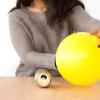
Remote Control Roller: Experiment with Static Electricity
Source Institutions
This activity is an investigation of static electricity. What happens when you get "static cling?" Basically, you pile up electrons on one thing, which attracts the protons in something else.
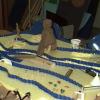
Make Your Own Mini Mini Golf Course
Source Institutions
Build your own Mini Mini Golf Course and learn about hands-on building and design, basic circuitry, motion modules and more!
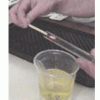
Having a Gas with Water
Source Institutions
In this activity, learners construct a simple electrolysis device. With this device, learners can decompose water into its elemental components: hydrogen and oxygen gas.

Cup Draw
Source Institutions
In this activity, learners construct drawing machines using a cup, some markers, and a cricket to control the movement. A programmed LEGO RCX or Cricket is required for this high-tech version.

How can You Demonstrate the Efficiency of Different Light Bulbs?
Source Institutions
In this activity, learners actually feel the difference in energy required to light two different types of light bulbs: incandescent light and LEDs.
